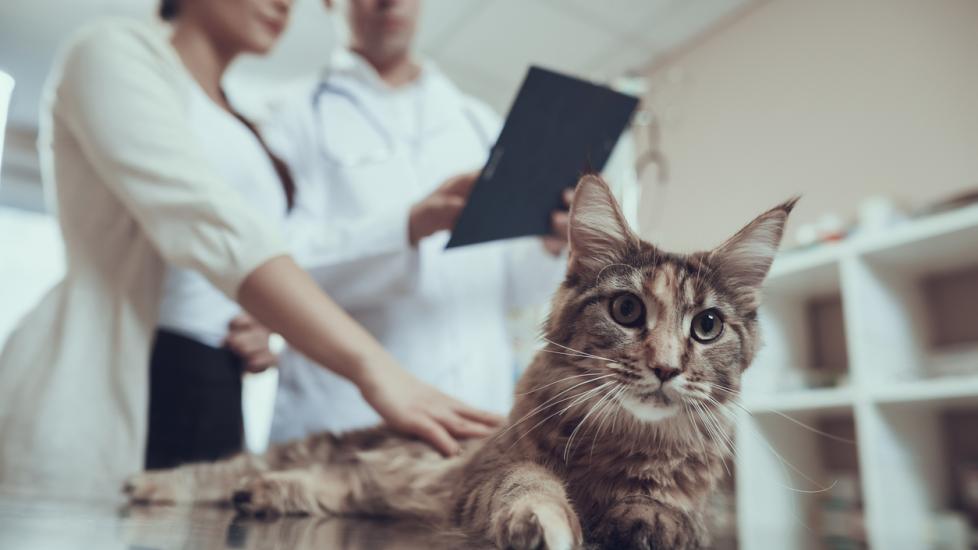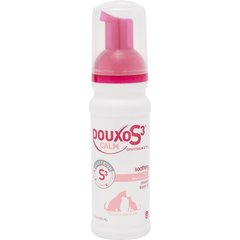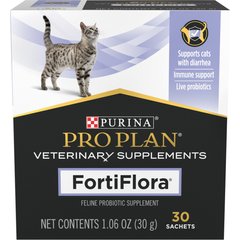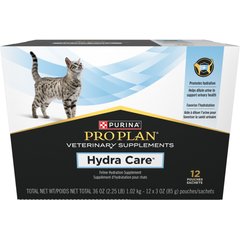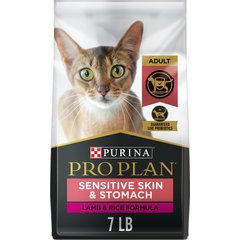Radioiodine Treatment for Hyperthyroidism in Cats
Hyperthyroidism is the most common endocrine disorder of older cats. This condition is caused by the overproduction of thyroxine, a thyroid hormone responsible for regulating a cat’s metabolism. Left untreated, a cat will usually lose weight despite an increased appetite, and vomit frequently. Cats often experience high blood pressure and develop heart conditions, such as an enlarged heart (hypertrophic cardiomyopathy).
Fortunately, veterinarians can recommend many treatment options, such as medications in pill, liquid or ointment, prescription diets, surgery and a method known as radioiodine therapy. Each treatment has pros and cons, and your veterinarian will recommend the method most appropriate for your cat.
Radioiodine treatment (also called radioactive iodine therapy) is commonly used to treat hyperthyroidism in cats. It uses a radioactive isotope, Iodine 131. An isotope is a type of chemical that releases energy in the form of alpha, beta, and gamma rays. Iodine 131 is especially effective in treating thyroid conditions.
Although it may cost more initially, this treatment method is convenient because it does not require giving medication daily or a special diet, both of which can be difficult to manage.
What Is Radioiodine Treatment for Hyperthyroidism In Cats?
Radioiodine treatment is effective because the thyroid is the only tissue that concentrates iodine, which releases energy that destroys diseased tissue.
Most cats with hyperthyroidism have a benign growth (thyroid adenoma) that secretes thyroid hormones and causes hyperthyroidism. The tissues where Iodine 131 concentrate are gradually destroyed, curing the hyperthyroidism, and allowing the thyroid gland to function normally. In rare cases, a more aggressive tumor will require higher doses of iodine 131.
Vet Recommended Health Support
- Douxo S3 CALM Soothing Itchy, Hydrated Skin Dog & Cat Mousse, 5.1-fl oz bottle$24.99Chewy Price
- Purina Pro Plan Veterinary Diets FortiFlora Powder Probiotic Digestive Supplement for Cats, 30 count$30.99Chewy Price
- Purina Pro Plan Veterinary Diets Hydra Care Liver Flavored Liquid Supplement for Cats, 3-oz pouch, case of 12$14.99Chewy Price
- Purina Pro Plan Adult Sensitive Skin & Stomach Lamb & Rice Formula Dry Cat Food, 7-lb bag$28.08Chewy Price
Where Is Radioiodine Treatment For Cats Performed?
This procedure is performed at a veterinary hospital that has a radiation isolation unit. Cats treated with Iodine 131 remain in the radiation isolation unit for a minimum of 3 days and cannot be released until the level of radiation they are emitting drops below a certain level, which can take up to 8 days in some cats. You will be requested to bring 8 days of food and only limited bedding/personal items, as these will not be returned due to radiation safety regulations.
The process of radioiodine treatment itself is quick with only minor discomfort—t is like receiving a routine vaccination. In many instances, this injection can be administered while your cat is awake, but if there are concerns about your cat wiggling or moving around, sedation or anesthesia may be recommended. During their time in the radioactive isolation unit they will not be allowed to have any visitors, and routine measurement of radiation levels of radiation will be monitored to determine when your cat can go home. Your veterinarian will recommend rechecking bloodwork 1- and 3-months following radioiodine treatment.
Diagnostics that May Be Required Prior to Radioiodine Treatment
A veterinarian will require a number of diagnostic tests prior to recommending radioiodine therapy. Tests will include bloodwork (to measure blood cells, chemistry, and thyroid levels), urinalysis, blood pressure, and chest x-rays. If a veterinarian suspects heart disease, they may suggest consulting with a board-certified veterinary cardiologist.
Another recommended diagnostic is a procedure called nuclear scintigraphy of the thyroid glands. This involves administering a small dose of a radionuclide (such as iodine 131) and taking an image of the neck/chest using a gamma camera. This picture can help a veterinarian determine if both thyroid glands are affected, or if a tumor causing the hyperthyroidism is aggressive. It can also determine if thyroid tissue is in an abnormal place (ectopic thyroid tissue).
In some instances, your veterinarian may recommend medications or a special diet prior to radioiodine treatment. The trial period allows your veterinarian to identify if your cat also has kidney disease. Kidney disease can be hidden by hyperthyroidism, because it increases blood flow to the kidneys. This diagnosis is important to determine if your cat is a good candidate for radioiodine treatment.
Recovery and Management For Your Cat After Radioiodine Treatment
When your cat is sent home after radioiodine treatment, they will still have low levels of radiation. For this reason, pregnant women and children under age 18 should not have any contact with your cat for at least 3 weeks.
Your veterinarian will provide specific instructions on how much time to spend with your cat, and instructions on safely handling the litter box and any accidents.
How Much Does Radioiodine Treatment Cost?
The cost for radioiodine therapy depends on the following factors:
-
Size of the cat
-
Region of the country you live in
-
How long your cat must remain in radiation
On average, radioiodine treatment costs between $1500 and $2000 for the treatment itself. The cost for diagnostic procedures prior to and following treatment is usually not included in treatment cost.
Does Radioiodine Treatment for Hyperthyroidism in Cats Work?
Radioiodine treatment for cats is usually successful, and nearly 95% of cats treated respond well and have normal thyroid levels within 3 months of therapy. If a cat continues to have issues with elevated thyroid levels 3 months after therapy, a second round of treatment may be recommended.
In addition to its effectiveness, radioiodine therapy usually has few complications. In rare cases, cats may develop hypothyroidism (low thyroid hormone production) following treatment. In these cases, daily medications to supplement the decreased thyroid production may be needed.
As thyroid levels return to normal, any damage sustained by the kidneys may appear. This is because hyperthyroidism increases blood flow to the kidneys, which can mask kidney disease. Your veterinarian may discuss prescription diets and other strategies to manage chronic kidney disease.
References
Lucy, J, et al. Efficacy of Low-dose (2 millicurie) versus Standard-dose (4 millicurie) Radioiodine Treatment for Cats with Mild-to-Moderate Hyperthyroidism. Journal of Veterinary Internal Medicine 31(2) (2017): 326-334.
Featured Image: iStock.com/T Turovska
